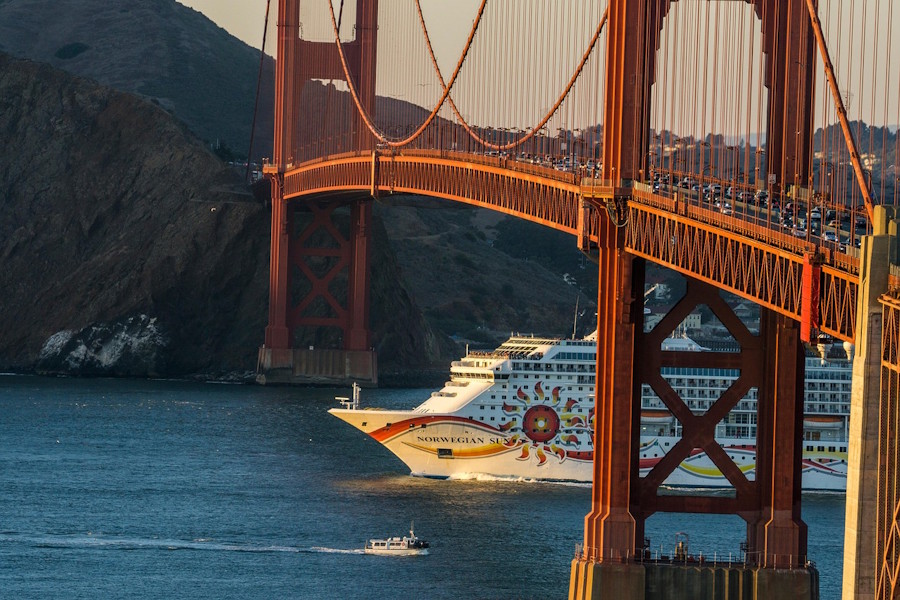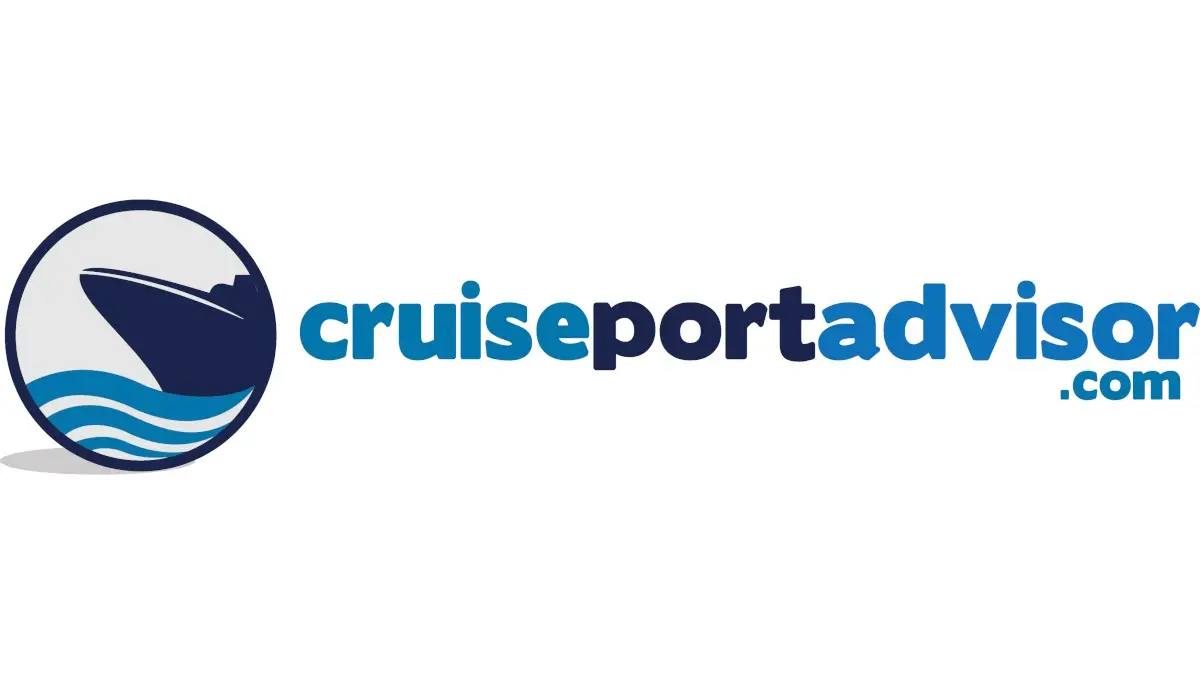Home » What happens on a cruise if there is a hurricane or storm?
What happens on a cruise if there is a hurricane or storm?
Updated May 7th, 2025
Thankfully, hurricanes and major storms can be detected early and the course of a ship can be changed to avoid bad weather in some cases. However it’s not always entirely possible to steer around bad weather.
Cruise ships navigate diverse weather conditions. Hurricanes and storms present unique challenges. These can disrupt itineraries and impact passenger safety. Cruise lines prioritize safety with robust protocols.
This article explores how cruise ships handle severe weather. It details safety measures and passenger experiences. It also offers tips for preparing for disruptions.
If you are concerned that you might experience sea sickness in rough weather, this article will help put your mind at ease: Do cruise ships have doctors onboard?
Cruise Ship Design for Weather Resilience
Modern cruise ships are built for rough seas. They feature advanced navigation and stabilization systems. Large vessels, like those from Royal Caribbean, Carnival, or Norwegian, have reinforced hulls.
Stabilizers reduce rolling in choppy waters. Weather monitoring systems use satellite feeds. Real-time data from meteorological agencies guide captains. This helps track and avoid storms.
Smaller ships, used for expedition cruises, face greater motion. They are equipped with safety features. Experienced crews ensure safe navigation. All ships maintain communication with shore-based teams.
Agencies like the National Hurricane Center provide critical updates. Captains prioritize rerouting to safer waters. This avoids direct storm paths.
Protocols for Handling Hurricanes and Storms
Cruise lines follow structured protocols for severe weather. These ensure safety and minimize disruptions. Key measures include:
- Itinerary Adjustments: Storms may threaten planned routes. Captains alter itineraries to safer destinations. For example, Caribbean cruises may divert to western ports like Cozumel. Eastern ports like San Juan may be skipped.
- Route Changes: Ships sail away from storm paths. This may extend sea time or include alternative ports. Transatlantic cruises adjust courses to avoid open-ocean storms.
- Early or Delayed Returns: Storms near homeports prompt action. Ships may return early or extend cruises. This ensures safe disembarkation.
- Port Cancellations: Tendered ports use smaller boats. These are skipped in rough weather. Docked ports may also be avoided if hazardous.
- Onboard Safety Measures: Crew secure outdoor areas during storms. Pools close, and deck access is restricted. Passengers use handrails in corridors for safety.
Cruise lines communicate updates clearly. Daily newsletters, onboard announcements, or mobile apps keep passengers informed. Lines like Princess and Holland America provide regular briefings. This maintains calm and transparency.
Passenger Experience During Storms
Cruise ships handle rough seas effectively. Passengers may still notice effects. Common experiences include:
- Motion Sickness: Increased ship movement causes discomfort. Higher decks or forward/aft cabins feel more motion. Medical centers offer remedies. Motion sickness pills, wristbands, or ginger treatments are available.
- Activity Modifications: Outdoor activities may be canceled. Pool parties or deck sports move indoors. Entertainment teams adapt with shows, games, or enrichment activities.
- Cabin Comfort: Staterooms remain safe. Rocking or creaking noises may occur. Midship cabins on lower decks experience less motion. These suit passengers prone to seasickness.
- Dining and Services: Restaurants and bars stay open. Service may use plastic tableware for safety. Buffet access may be limited during heavy seas.
Severe storms rarely endanger passengers. Ships reroute to avoid extreme conditions. Itinerary changes may disappoint some travelers. Missed ports or extra sea days can alter plans.
Communication During Weather Disruptions
Cruise lines prioritize clear communication. Captains or guest services provide updates. Cabin TVs, apps, or public announcements deliver news. Passengers receive information on itinerary changes. This prevents confusion and maintains trust.
Lines like Royal Caribbean and Carnival offer compensation for disruptions. Onboard credits or discounted future cruises are common. Canceled shore excursions may receive refunds. Luxury lines like Regent Seven Seas provide additional perks. This ensures guest satisfaction.
If a cruise is canceled before departure, options are offered. Passengers can rebook or receive refunds. Coordination occurs through cruise lines or travel agents. Port closures are rare. Extended onboard services ensure comfort during delays.
Preparing for Weather-Related Disruptions
Passengers can prepare for potential storms. Practical steps include:
- Choose Stable Ships: Larger, newer ships handle rough seas better. Norwegian’s Prima-class or MSC’s World-class feature advanced stabilizers.
- Pack for Comfort: Bring motion sickness remedies. Comfortable clothing suits sea days. Entertainment like books or games helps during indoor time.
- Monitor Weather: Check forecasts before sailing. Hurricane-prone areas like the Caribbean require attention.
- Purchase Travel Insurance: Select policies covering weather-related cancellations. This protects against itinerary changes or cancellations.
- Stay Flexible: Expect itinerary adjustments. Focus on onboard activities. Spa services, live shows, or kids’ clubs enhance sea days.
These steps reduce stress. They ensure an enjoyable cruise despite weather challenges.
Regional Weather Considerations
Weather risks vary by destination:
- Caribbean and Bahamas: Hurricanes are common in late summer and fall. Cruise lines reroute to safer ports. Schedules adjust to avoid storms.
- Alaska and Northern Europe: Storms occur in colder seasons. The Inside Passage or Baltic Sea may have rough seas. Ships are equipped for these conditions.
- Mediterranean: Storms are less frequent. Winter cruises may face rough weather. Coastal routes allow easy diversions.
- Transoceanic Routes: Transatlantic or transpacific cruises encounter open-water storms. Captains adjust routes to minimize impact.
- Expedition Cruises: Lines like Lindblad or Hurtigruten operate in remote areas. Antarctica has unpredictable weather. Smaller ships are agile and safe.
Understanding regional risks helps passengers prepare. Packing and planning align with conditions.
Role of Technology in Weather Management
Cruise ships rely on advanced technology. Satellite-based weather systems provide real-time data. Navigation tools track storm paths. Stabilizers reduce ship motion. These technologies ensure safety in adverse conditions.
Onboard sensors monitor sea conditions. Captains receive continuous updates. This allows proactive route changes. Newer ships integrate AI-assisted navigation. These systems predict weather patterns. They enhance decision-making for safer voyages.
Crew Training and Safety Protocols
Cruise line crews are well-trained. They handle severe weather confidently. Captains and officers undergo rigorous navigation training. They prioritize passenger safety. Crew members secure outdoor areas during storms. They guide passengers to safe zones.
Regular safety drills prepare crews. They practice emergency procedures. Passengers receive safety briefings. These outline protocols for rough seas. Cooperation between crew and passengers ensures smooth operations.
Onboard Activities During Sea Days
Unexpected sea days occur during storm rerouting. Cruise lines adapt quickly. Entertainment teams offer indoor activities. These include trivia, craft workshops, or lectures. Kids’ clubs keep children engaged. Spa services or fitness classes remain available.
Dining options stay operational. Buffets or main dining rooms adjust for safety. Indoor venues host additional shows. These keep passengers entertained. Flexible schedules enhance the experience during disruptions.
Passenger Responsibilities During Storms
Passengers play a role in safety. Following crew instructions is crucial. Avoid open decks during rough seas. Use handrails in corridors. Report motion sickness early. Medical centers provide quick assistance.
Packing for variable weather is wise. Layered clothing suits cooler conditions. Portable chargers keep devices powered. This ensures access to cruise apps for updates. Staying informed reduces anxiety.
Impact of Weather Management on Cruise Experience
Effective weather management ensures safety. It minimizes disruptions. Modern ships and trained crews handle storms well. Passengers enjoy comfort despite itinerary changes. Clear communication builds trust. Compensation for missed ports enhances satisfaction.
Preparation enhances enjoyment. Passengers who plan for disruptions stay positive. Onboard activities make sea days enjoyable. A safe, well-managed cruise creates lasting memories.
Industry Commitment to Safety
Cruise lines prioritize passenger safety. Investments in technology and training reflect this. Advanced ship designs withstand harsh conditions. Regular maintenance ensures reliability. Crew preparedness maintains high standards.
Transparency is valued. Cruise lines inform passengers of weather protocols. This fosters confidence. A safe environment allows travelers to focus on their vacation.
Tips for a Smooth Cruise During Storms
Additional tips enhance comfort:
- Choose Midship Cabins: These experience less motion. They suit passengers prone to seasickness.
- Stay Informed: Check cruise apps or newsletters for updates. This prevents surprises.
- Engage in Indoor Activities: Enjoy shows, classes, or spa treatments during sea days.
- Pack Light Medications: Over-the-counter remedies help with motion sickness. Consult medical centers if needed.
These steps complement cruise line efforts. They ensure a pleasant experience.
In Conclusion
Cruise lines manage hurricanes and storms effectively. Advanced technology and trained crews ensure safety. Flexible planning minimizes disruptions. Passengers may experience itinerary changes or rough seas.
Preparation, like choosing stable ships and packing wisely, enhances comfort. Staying informed and flexible ensures enjoyment. Cruise lines’ commitment to safety provides a secure, enjoyable experience despite challenging weather.
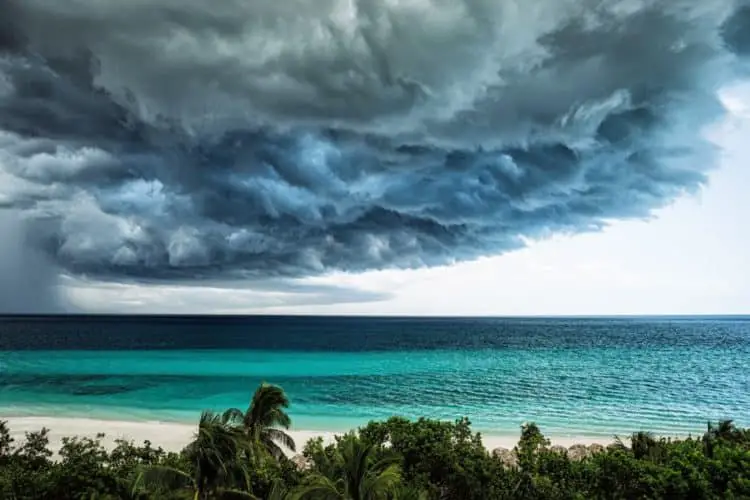
RECENT POSTS

Discover the Cruise Ports of Eastern Canada & Quebec
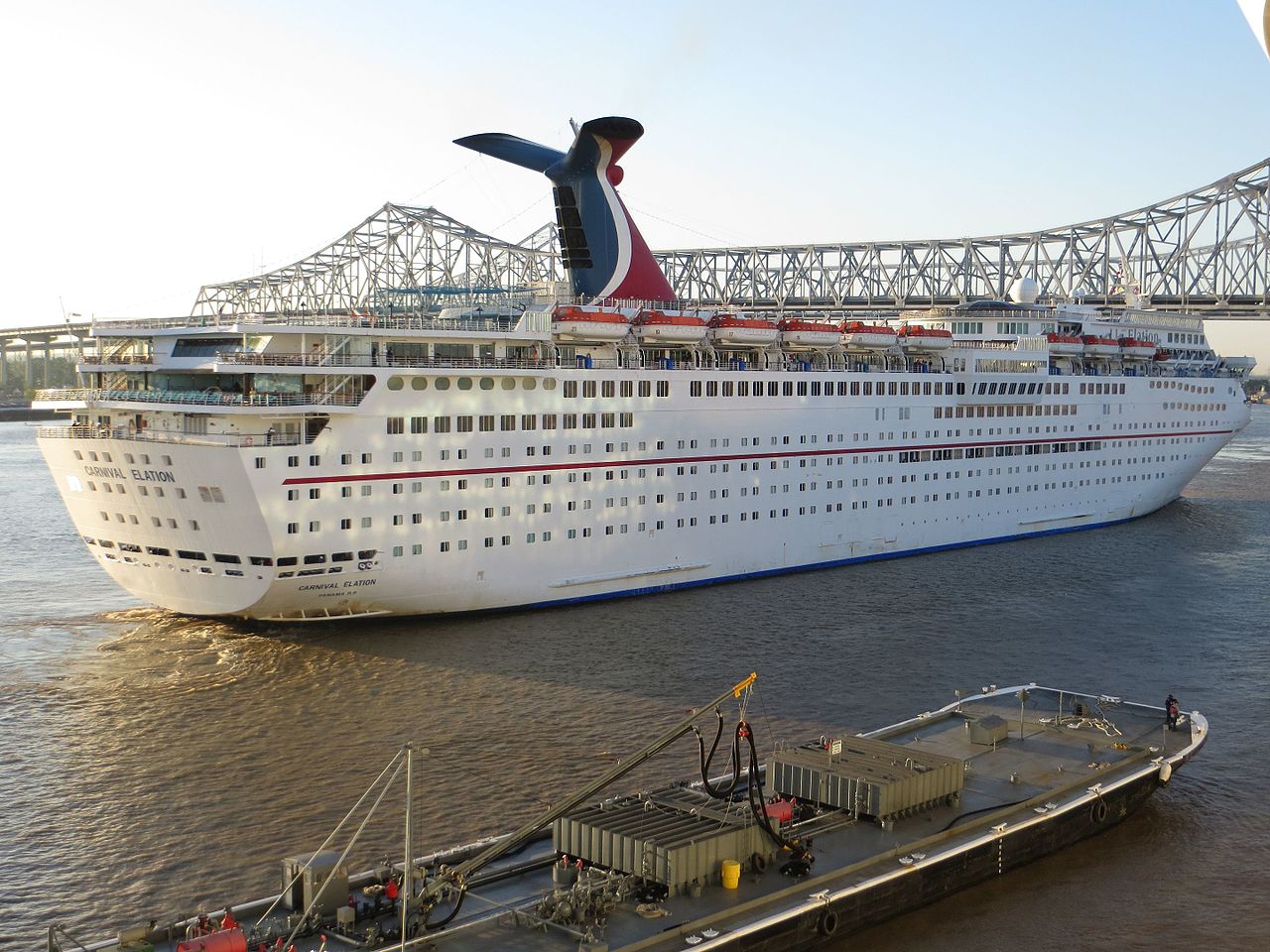
Inside the Worst Cruise Lines: Lowest-Rated Ships and Why They Disappoint
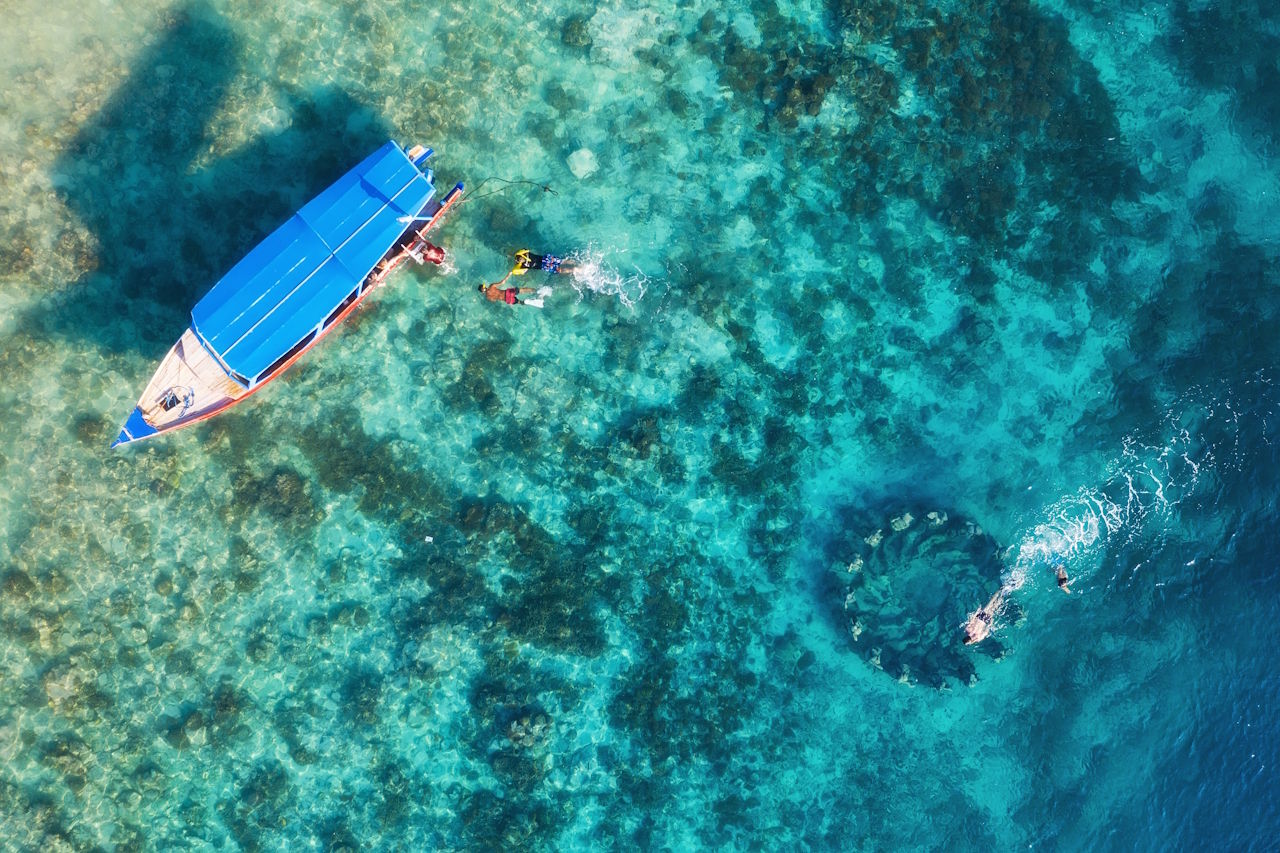
Snorkeling in Cozumel: A Cruise Passenger’s Guide for Your Port Day
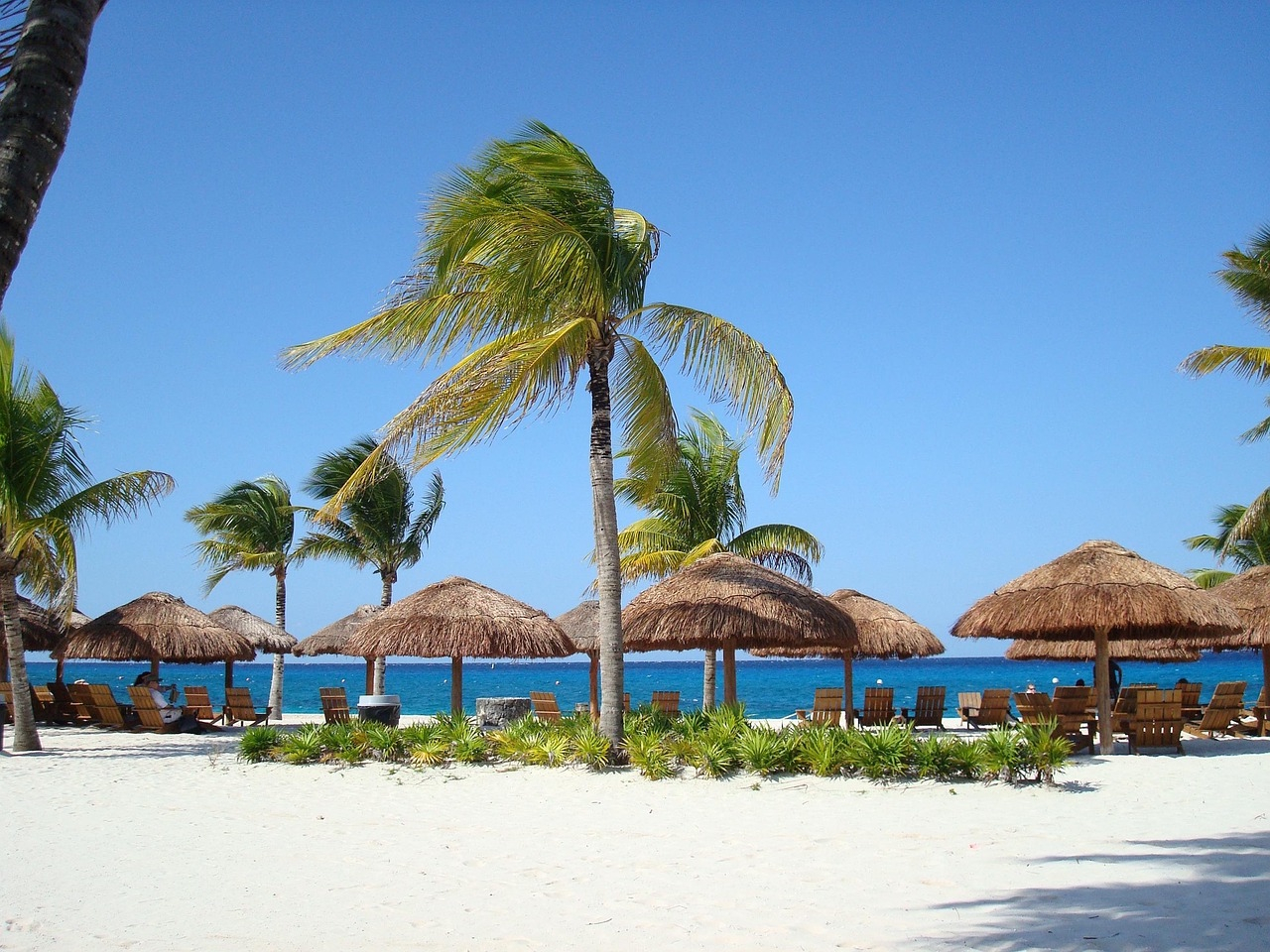
How to Make the Most of a Short Port Stop in Cozumel
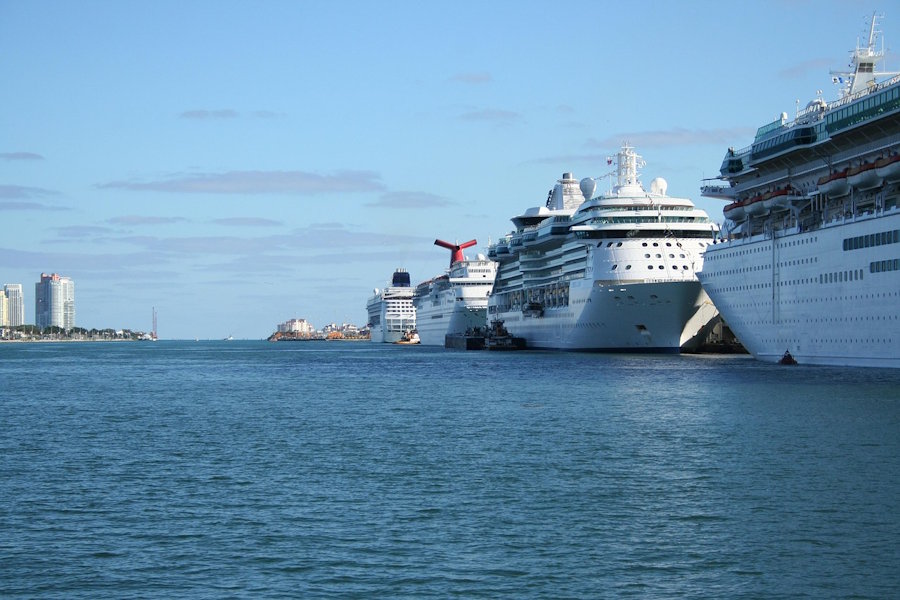
Cruise Ship Ports in Florida
